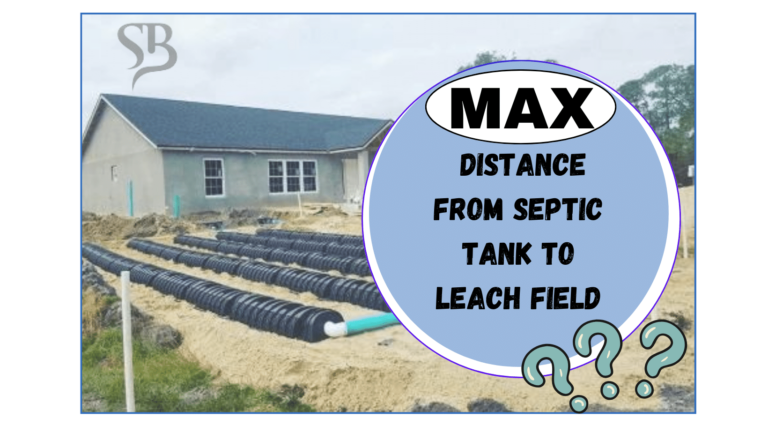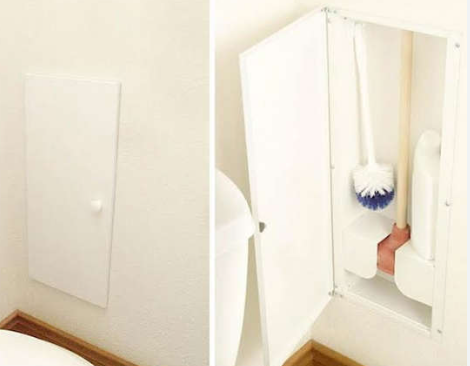Tampons are a widely used menstrual hygiene product, offering convenience and comfort during a woman’s menstrual cycle. However, improper disposal of tampons can lead to significant plumbing issues and environmental hazards.
It is crucial to understand the materials used in tampons and the appropriate methods to dissolve them in pipes without causing blockages or damage. If you’ve wondering what will dissolve tampons in pipes safely and efficiently, then you’ll probably be disappointed.
Tampons should not be flushed down the toilet as they can cause blockages in pipes and sewer systems. If tampons or other materials are causing a clog in your pipes, it’s best to address the issue by physically removing the blockage rather than attempting to dissolve it.
Using chemical solutions to dissolve tampons or other foreign objects in pipes can be ineffective and may damage your plumbing system.
To resolve the problem, consider using a plunger or plumbing snake to dislodge and remove the blockage. If the clog persists or is severe, it’s advisable to contact a professional plumber for assistance in safely clearing the pipes.

Understanding Tampon Composition:
Before discussing dissolving methods, it is essential to comprehend the materials that make up tampons. Most tampons consist of two primary components:
- Absorbent Core: The core of a tampon is usually made of rayon or cotton. These materials are highly absorbent and can retain menstrual fluid effectively. Some tampons may also contain synthetic fibers like polyester. Organic cotton tampons are also available, providing a more environmentally friendly option.
- Outer Layer: The outer layer of a tampon is often made of a nonwoven material, such as polyester, polyethylene, or a blend of both. This layer helps prevent leaks and provides a smooth surface for comfortable insertion.
Understanding the composition of tampons is vital as it dictates the materials’ behavior when exposed to various dissolving agents.
The Impact of Improper Tampon Disposal:
Improper tampon disposal can lead to severe consequences for the environment and wastewater systems. When tampons are flushed down the toilet, they can accumulate and form blockages in both household and municipal sewer systems.
These blockages may result in sewage backups, leading to expensive repairs and potential health hazards.
Moreover, when tampons end up in oceans and water bodies, they contribute to marine pollution. The synthetic materials used in tampons can take years to decompose, posing a threat to marine life and ecosystems. Responsible tampon disposal is not only about maintaining plumbing systems but also about protecting our environment.

Safe and Responsible Tampon Disposal:
Proper tampon disposal is the first step in preventing plumbing problems and environmental pollution. To ensure responsible menstrual waste management, follow these disposal methods:
- Wrap and Trash: After using a tampon, wrap it in toilet paper or biodegradable disposal bags and throw it in the trash. This simple step prevents tampons from reaching the sewer system and clogging pipes.
- Sanitary Bins: Many public restrooms and some homes have specially designed sanitary bins for disposing of feminine hygiene products. These bins are later emptied and handled appropriately by waste management services, ensuring proper disposal.
Natural Dissolving Agents:
Certain natural substances can aid in breaking down tampons, making them more manageable to dissolve in pipes. Here are some safe and eco-friendly options:
- Vinegar Solution: A mixture of equal parts vinegar and water can help dissolve tampons effectively. The acidic nature of vinegar helps break down the tampon’s organic materials without causing damage to the pipes. To use this method, soak the tampons in the vinegar solution for a few hours before disposal.
- Baking Soda Solution: Create a solution of water and baking soda and soak the tampons in it before disposal. Baking soda’s gentle abrasive properties can assist in breaking down the tampon’s fibers. After soaking, dispose of the tampons in the trash.

Enzyme-Based Products:
Enzyme-based solutions are specifically designed to break down organic matter like tampons, helping to prevent clogs and maintain the integrity of plumbing systems.
These products are available in both liquid and powder forms. Look for enzyme-based cleaners that are biodegradable and safe for the environment. Follow the manufacturer’s instructions for proper usage and disposal.
It is essential to use enzyme-based products as directed, as excessive use may disrupt the natural balance of the wastewater treatment process. Always check the ingredients and ensure that they are safe for both pipes and the environment.
Conclusion:
Properly disposing of tampons and understanding how to dissolve them safely in pipes is crucial to avoid plumbing issues and protect the environment. Remember never to flush tampons down the toilet, as this can lead to blockages and expensive repairs.
Instead, opt for responsible disposal methods like wrapping tampons and throwing them in the trash or using designated sanitary bins.
For those looking for natural solutions, vinegar and baking soda can aid in breaking down tampons, while enzyme-based products offer effective and environmentally friendly options.
Always prioritize the use of eco-friendly alternatives to commercial drain cleaners to maintain the longevity of your plumbing system.
By adopting these practices, you can contribute to a cleaner environment and a more efficient plumbing system, while also promoting responsible menstrual waste management and reducing your ecological footprint. Together, we can make a positive impact on our environment and ensure a sustainable future for generations to come.







